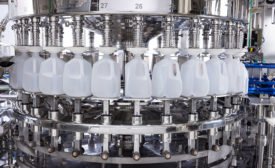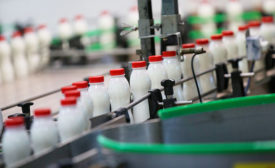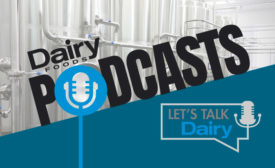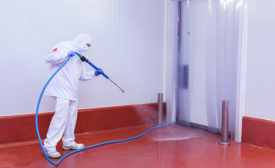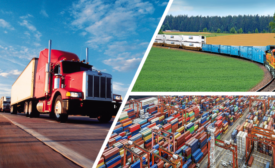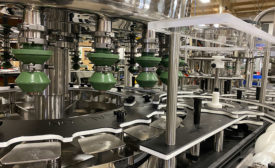Operations
Dairy Foods gets an-all look at the Cincinnati processor’s plant.
Read More
How to select the proper primary packaging
Not only must processors leverage designs with the proper functionality, but the packaging must also meet their cost and sustainability requirements.
May 16, 2024
Private label continues its great run
Differentiation is the key to competing with national brands.
May 13, 2024
Episode 40 — How the dairy industry overcame pandemic-induced supply chain challenges
PMMI vice president joins the “Let’s Talk Dairy” podcast.
May 8, 2024
Sanitation Related Preventive Controls key to protecting dairy foods
Systemic methods to ensure food safety in plant operations.
May 5, 2024
Global trends and sustainability take center stage at Global Ingredients Summit
Inaugural event took place in Reno, Nev., in March.
May 1, 2024
EQUIPMENT SHOWCASE
Equipment suppliers highlight the latest designs in fillers and capping equipment.
April 30, 2024
Prairie Farms Dairy plants are vital to feeding American families
Dairy coop manufactures thousands of cultured dairy products at 47 plants in 18 states.
April 25, 2024
How dairy processors can handle cybersecurity threats
Learn what areas of a dairy plant bad actors try to attack, and potential ways to prevent it.
April 22, 2024
Stay ahead of the curve. Unlock a dose of cutting-edge insights.
Receive our premium content directly to your inbox.
SIGN-UP TODAYCopyright ©2024. All Rights Reserved BNP Media.
Design, CMS, Hosting & Web Development :: ePublishing


